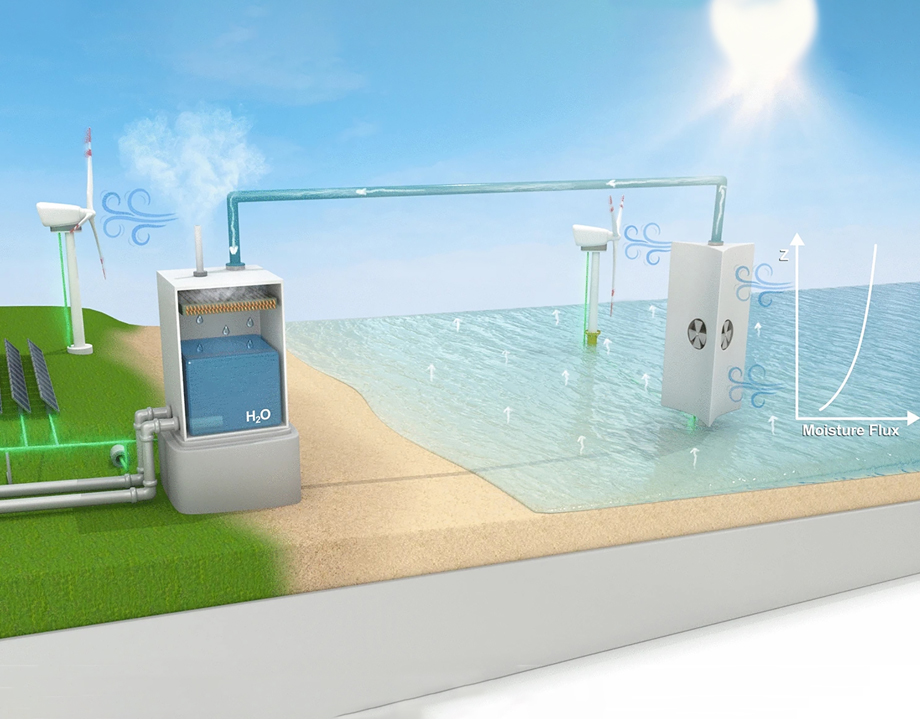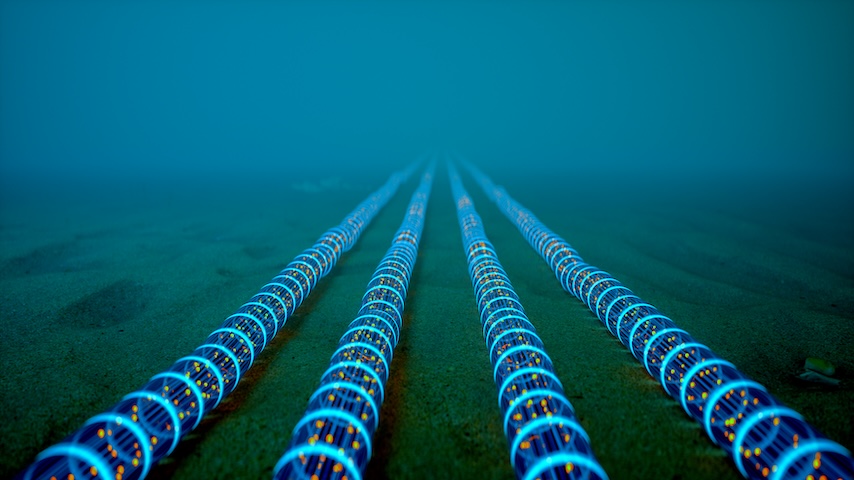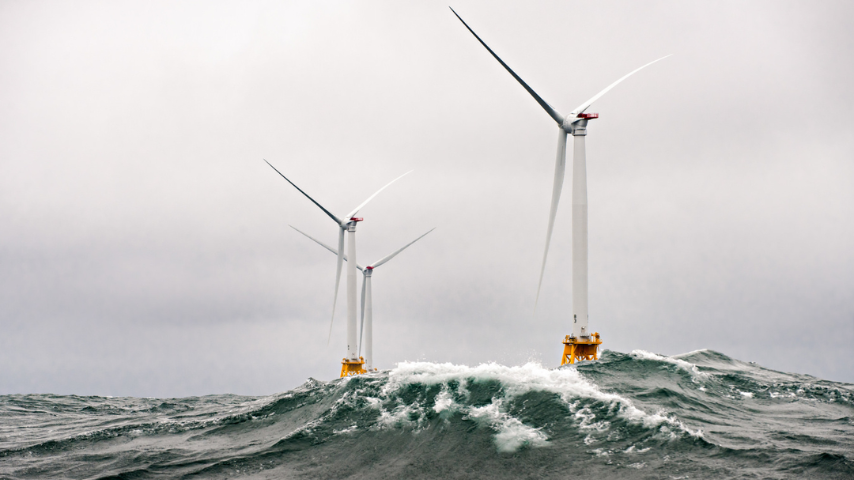Drinking in the Ocean Air
Drinking in the Ocean Air


As water becomes scarcer, we need to look for new sources. There’s a big one hovering just over our seas.
Of the “Top 10 Global Risks of 2023,” listed by Time magazine just after the New Year, there’s one that can’t be solved with political effort or diplomacy alone: Water stress. “Look at the reality of the situation,” said Praveen Kumar, a professor of civil and environmental engineering at the University of Illinois Urbana-Champaign. “At the beginning of the nineteen-hundreds, the world population was about two billion. We have now hit eight billion. The need, and the demand, and the commercial usage of water have gone up, but the amount of water that we can tap into hasn’t changed.”
Mitigating usage will only take us so far. And desalination—the only existing technology that can increase the supply of water—is too energy intensive to solve all our water problems, as the planet’s population grows, without a tremendous cost to the environment.
But now Kumar has come up with a new idea that has the potential to tap into a massive source of fresh potable H2O: harvest the water vapor wafting over our oceans, ripe for the plucking. In his paper, “Increasing freshwater supply to sustainably address global water security at scale,” which appeared in Nature Scientific Reports this past December, he and his colleagues explored the feasibility of such an effort. Their conclusion? It’s doable.
More for You: 6 Innovative Atmospheric Water Generators
“We basically decided to first establish that there is enough water vapor out there that can be harvested and at a reasonable scale,” said Kumar. “So we used all historical data, the best data there was globally, to analyze, essentially, if there is enough moisture and what is its variability in time and across space.”
After examining the climates of 14 different population centers around the globe, they also came up with a simple structure that could be used to capture wet ocean air and deliver it to wherever it was needed. A 210-meter by 100-meter structure, roughly the size of a cruise ship or a large city block, could provide water for something like half a million people, they found. That means that nine or 10 vapor gathering edifices off the coast of Los Angeles could keep the entire city hydrated. “In my mind, I can see nine or 10 cruise ships a little bit distant from the coast,” Kuma said. “It’s not that big an issue in terms of the size of these things.”
As he imagined it for the paper, those structures would passively collect wet air that the ocean’s winds push through it. But production could be increased with the introduction of suction fans. However it’s gathered, engineers will have to find a way to transport the vapor to land and condense it. But that would require minimal energy in comparison with current desalination plants. The subsequent flow would include a small amount of salt from ocean spray mixed into the vapor, but this could easily be dealt with downstream.
Further, the structures wouldn’t need any new explorations of underwater topography. They could be introduced on abandoned offshore oil rigs or be built along with new rigs or offshore wind farms. “For implementation on the larger scale, we will have to take advantage of all these efforts that are already in place,” Kuma said.
It’s not only coastal metropolises that would be able to put such constructions to use. Farmland, arid regions, and other water-scarce areas could all take advantage of such a system. Water vapor could easily be piped further inland for whoever might need it away from the coast.
What’s more, the concept has a built-in climate change adaptor. A warming atmosphere can hold more water and warmer oceans evaporate more. “This works as essentially an adaptation mechanism under climate change,” Kumar said. “So, when you need more water, you will have it.”
Become a Member How to Join ASME
The next step is to measure wind and moisture in various locations to find the ideal spots for the first attempts at water vapor harvesting. Then they will look into various designs with the many engineers for whom the paper sparked an interest.
More important than the arguably simple engineering the idea requires is the funding to make it happen. “What I'm trying to call for is a national and global effort to think about investing on the order of billions of dollars—we spend that kind of money in other areas, like wars.” Kumar said. “That will solve our water challenges in a meaningful way.”
Michael Abrams is a technology writer based in Westfield, N.J.





